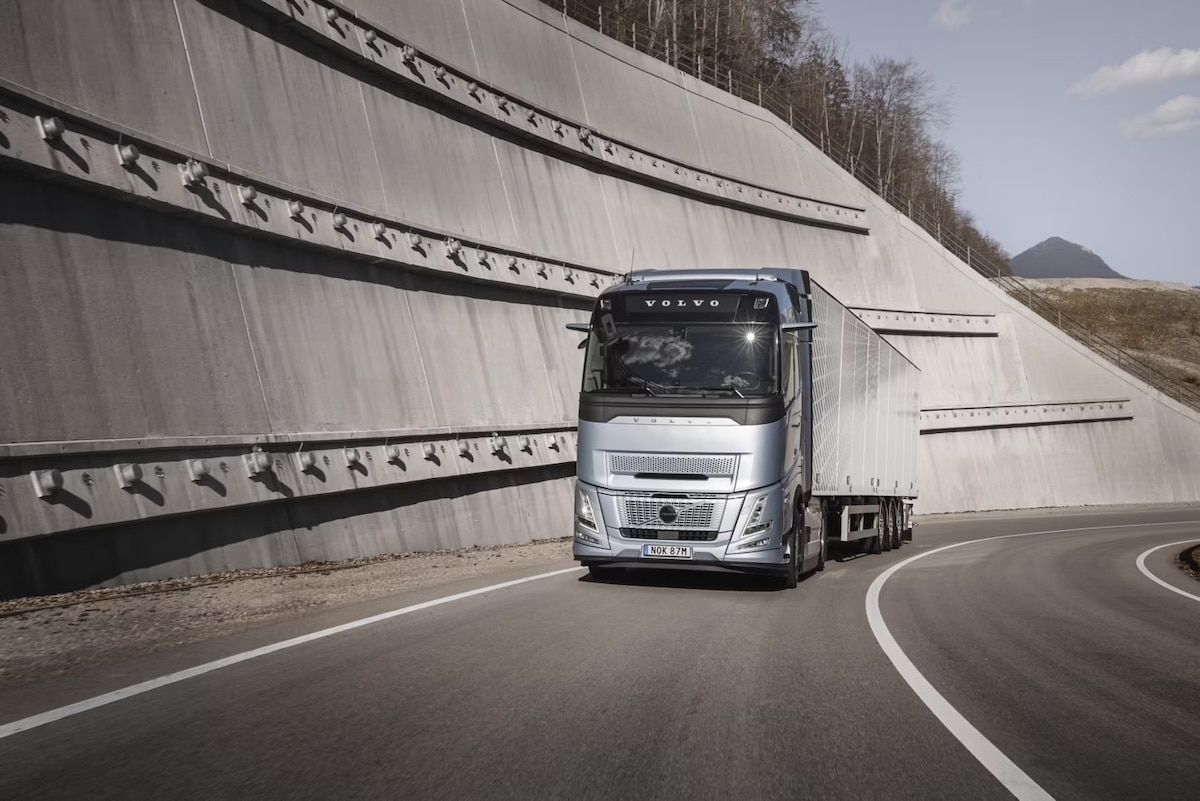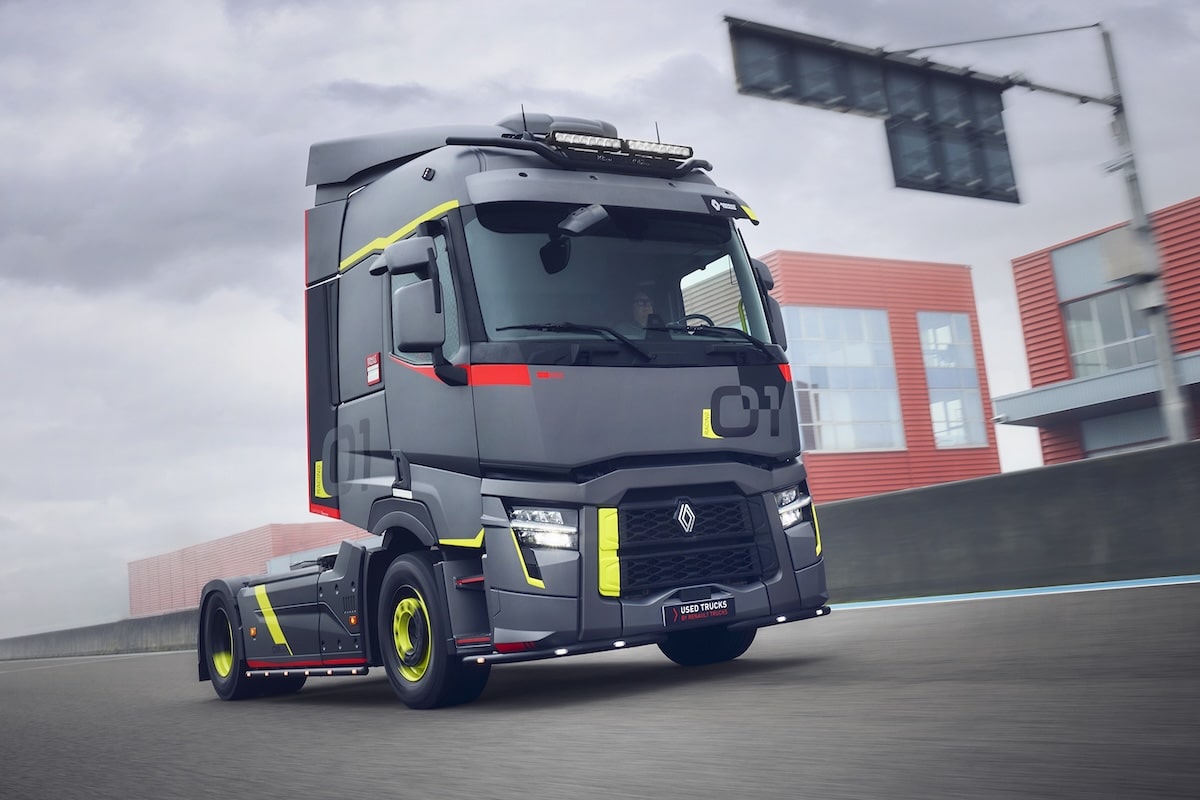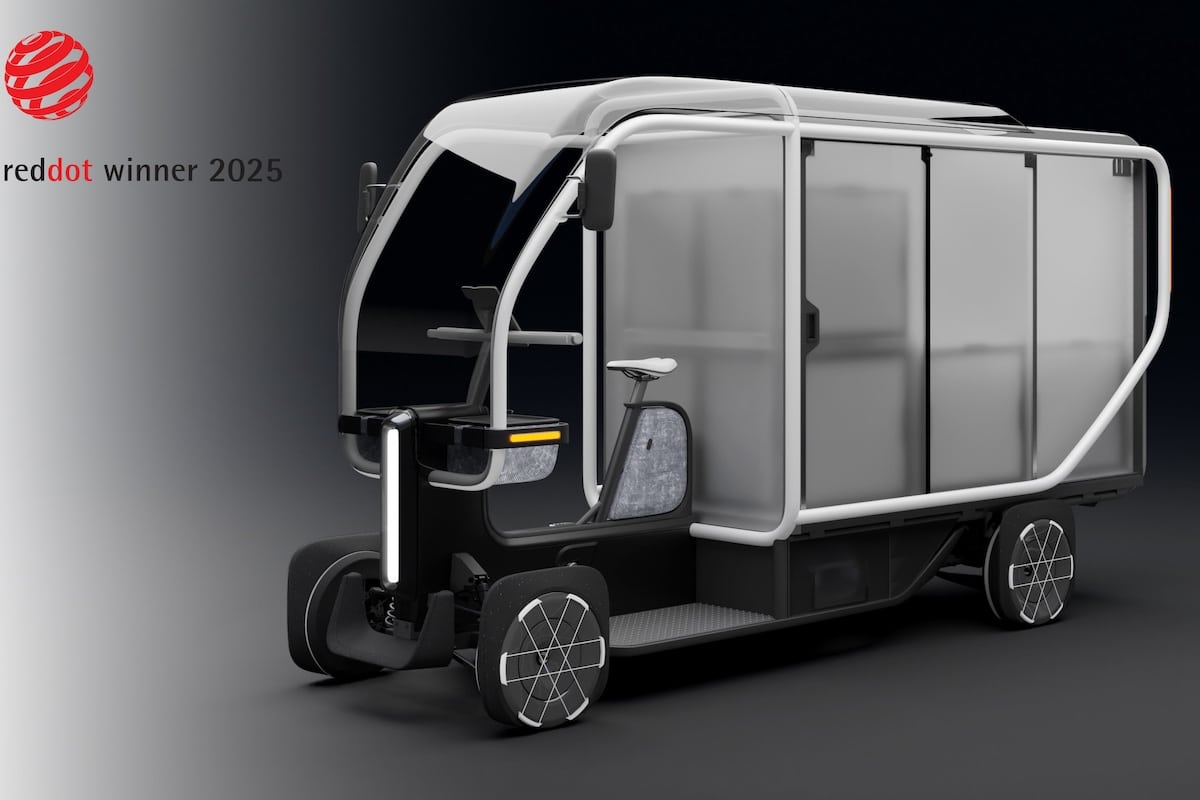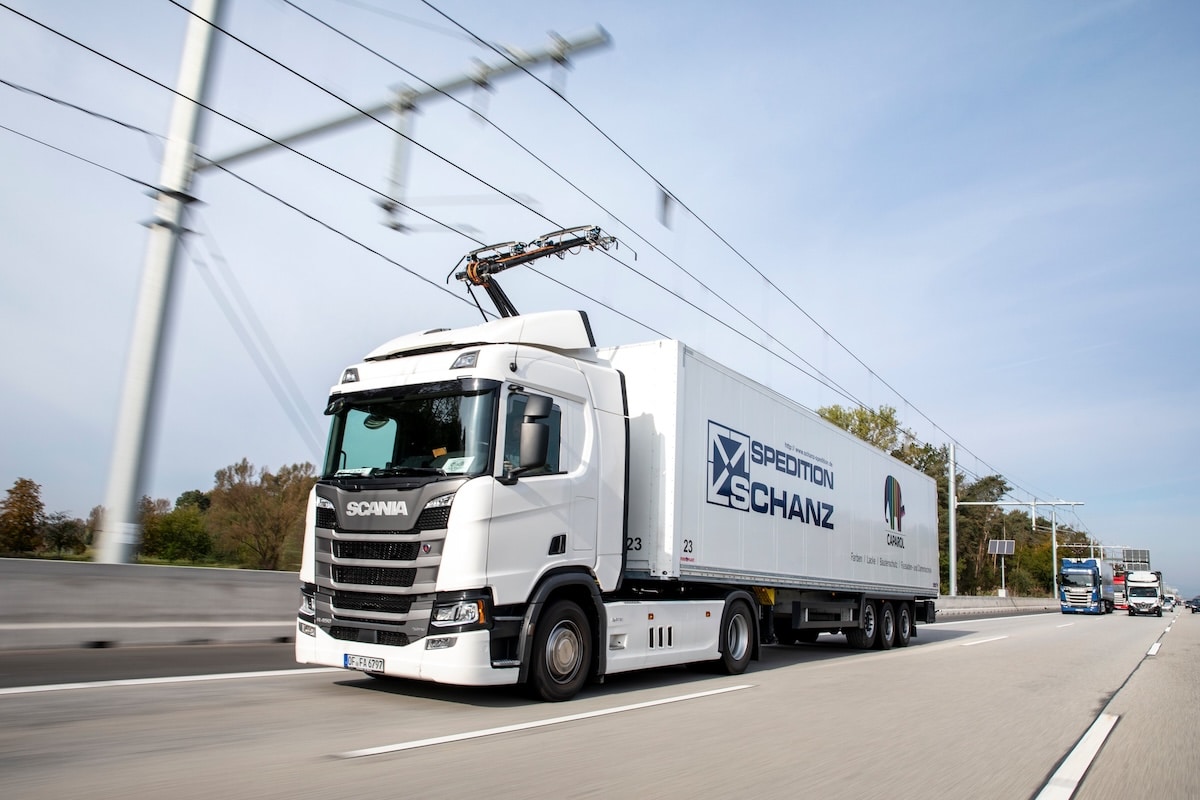It is urgent to regulate the circulation of “last mile” vehicles
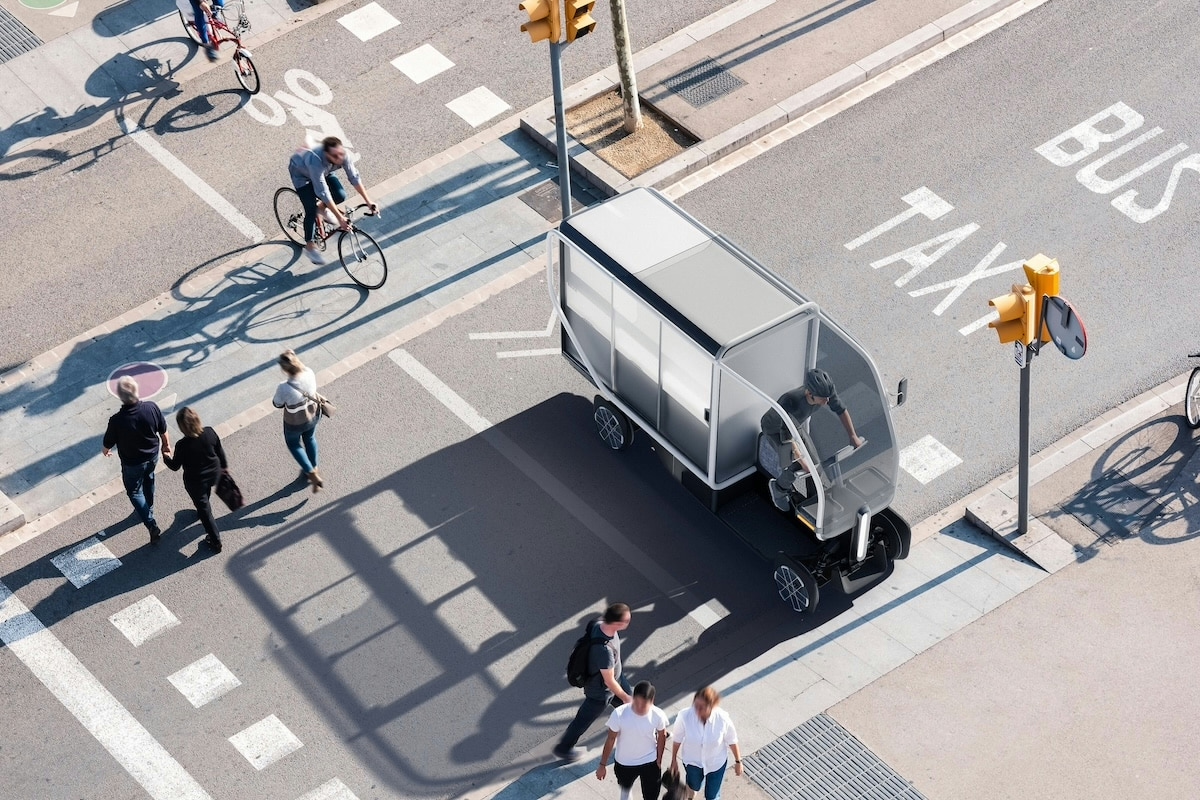
By unveiling the Fastport eQuad, its new pollution-free urban delivery solution, Honda is riding a legal loophole.
As the question of banning home delivery services via polluting and noisy thermal scooters continues to be discussed, a new frustration arises: the enormous electric cargo bikes.
With a payload of nearly 300 kg, launched at 25 km/h, not to mention the empty vehicle weight, small wheels, small brakes, and the absence of ABS or respect for traffic laws, these new forms of delivery are extremely dangerous.
At a time when European cities are aiming to be greener and less congested, last-mile delivery vehicles like the Fastport eQuad from Honda appear to be an attractive solution… on paper. Clean, silent, and compact, these electrified quadricycles or cargo bikes are flooding urban centers in the name of more sustainable logistics.
But this revolution, often presented as virtuous, also raises an essential question: should their usage be better regulated? Starting with requiring them to have registration to better enforce compliance.

Undeniable benefits…
It is hard to deny the advantages of these new vehicles. Unlike traditional diesel vans, they emit no CO₂, generate no noise pollution, and fit well within low emission zones (LEZ). They also respond to the exponential growth of e-commerce and the new expectations of urban consumers: to be delivered faster, more frequently, with less environmental impact.
Some brands, like Honda, are already betting on the industrialization of this type of solution with models like the Fastport eQuad, capable of operating on bike paths and powered by interchangeable batteries. Does this mean lighter traffic and smoother circulation in city centers? In theory, yes.

…but sometimes chaotic cohabitation
On the ground, the reality is less harmonious. These vehicles pose new security and cohabitation issues. Wrong-way driving, abusive use of bike lanes, and illegal parking: the lack of clear regulatory framework fuels a form of urban disorder. Delivery workers sometimes feel like they are in a video game, like GTA, where traffic violations are rampant.
These vehicles exist in a legal gray area: not quite bicycles, not fully motorized vehicles. They evade traditional traffic laws. As a result, cyclists, pedestrians, and delivery workers share already crowded spaces, with no one really knowing who has the right of way.
In light of this situation, the question isn’t about stifling innovation, but rather about intelligently regulating it. Several suggestions are already being discussed by urban planners and local authorities:
• Create a specific category in the traffic code for these hybrid vehicles;
• Establish speed limits and mandatory safety equipment (turn signals, mirrors, etc.);
• Reserve certain zones or delivery time slots;
• Create dedicated stations for parking or loading/unloading.
An approach based on Fleet-as-a-Service (FaaS) could also allow for better fleet tracking and encourage more responsible usage through telemetry and logistical optimization tools.
Logistics micromobility has a crucial role to play in the city of tomorrow. But for it to meet its promises – ecological, practical, and economical – it cannot develop in total anarchy. Clear, flexible regulations adapted to urban realities are essential to ensure that the remedy does not become a new problem.
ALSO READ: Alstom sells 18 TGV trains in Morocco
This page is translated from the original post "ll est urgent de réguler la circulation des véhicules du “dernier kilomètre”" in French.
We also suggestthese articles:
Also read
